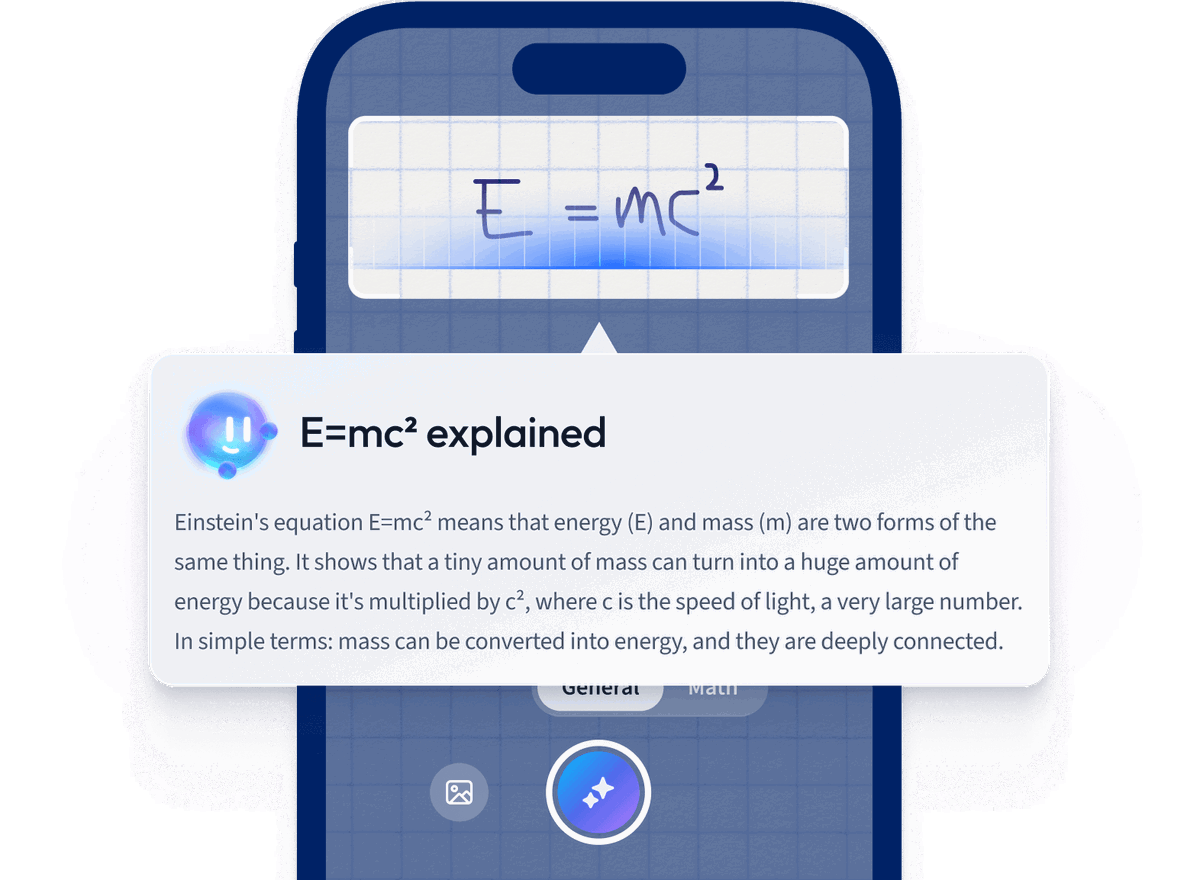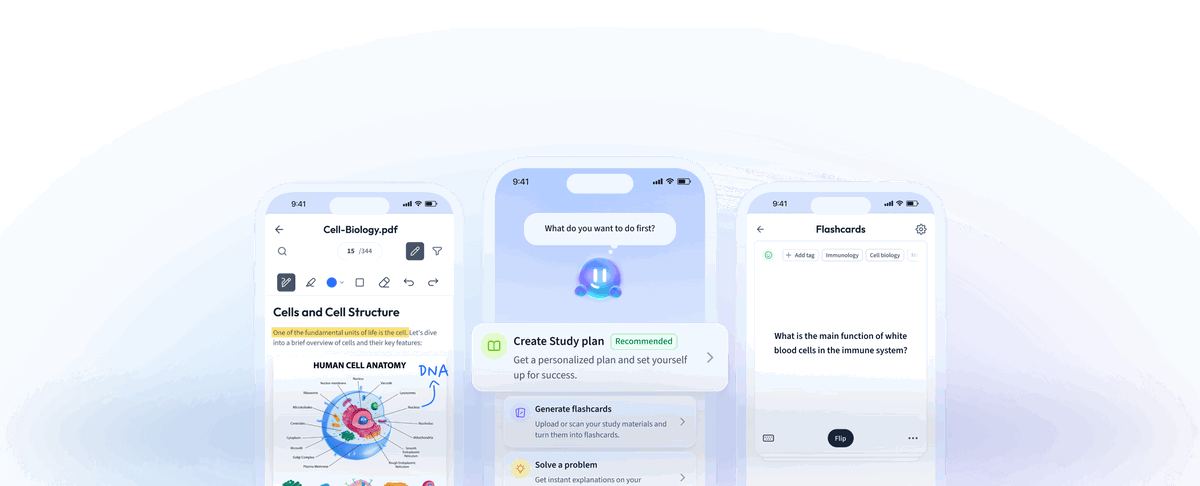Lexical ambiguity definition
Lexical ambiguity happens when a word with two or more meanings is used in a way which causes more than one possible interpretation. This often happens when the speaker/author doesn't have the same background information as the listener/reader (ie. Not enough contextual information). For example:
Give me the bat!
The bat can be interpreted in two ways:
A baseball bat or a cricket bat (used for sports).
A flying, nocturnal animal.
Without context, it isn't clear whether the speaker is referring to the first or second of these meanings. This can cause lexical ambiguity.
Lexical ambiguity examples - words and sentences
Ambiguous words can arise from different parts of speech, such as nouns, verbs, adjectives, or a combination of these. Here are some examples of lexical ambiguity in words and sentences:
Noun-noun:
Metal - 'a substance' or 'a music genre'
Fan - 'a machine' or 'an admirer'
 Fig. 1 - Lexical ambiguity noun-noun example.
Fig. 1 - Lexical ambiguity noun-noun example.
Verb-noun:
Scrub - 'to clean' or 'special clothes worn by surgeons' or 'exfoliator'
Noun phrase:
Funny man - 'amusing man' or 'strange man'
Types of lexical ambiguity and examples
Lexical ambiguity can be classified into two types: polysemy and homonymy. Both cases involve an ambiguous meaning. The differences lie in the word form and the relationship of the multiple meanings.
 Fig. 2 - Polysemy involves related meanings, whereas homonymy involves unrelated meanings.
Fig. 2 - Polysemy involves related meanings, whereas homonymy involves unrelated meanings.
Polysemy
Polysemy describes a single word with many related meanings. The multiple definitions are listed under one entry in a dictionary, eg, as a noun or verb (word form 1 has meaning 1 and meaning 2).
Some polysemic words include:
Bar (noun).
- Let's go to the new bar to have some drinks! = a place to buy and drink (alcoholic) drinks - noun.
- There is a new sandwich bar next to my place = a place in which a particular kind of food is the main thing that is served.
- Who left a bar of chocolate on the table? = a unit (amount) for chocolate or soap.
- He installed some bars on the windows = a long straight piece of metal or wood.
Get (verb).
- Did you get the invitation? = receive.
- She went to the shop to get some eggs = obtain/buy.
- What time does your father usually get home? = reach/arrive at a place.
Light (adjective).
- Do you always travel light? = not weighing a lot.
- Thanks to the new windows, this room is now so light and airy = lit by the natural light of day.
- The light green dress is better on you = pale colours.
Homonymy, homophone and homograph
Homonymy refers to words that are pronounced the same or spelt the same (or both), but their meanings aren't related to each other. The different words are listed under separate entries in dictionaries, eg, as a noun and verb (word form 1 has meaning 1; word form 2 has meaning 2).
Some examples of homonyms are:
Bar (noun & verb).
- Let's go to the new bar to have some drinks! = a place to buy and drink (alcoholic) drinks.
- The new law bars smoking in public places = to prevent.
Light (adjective & noun).
- Do you always travel light? = not weighing a lot.
- Could you turn on the light, please? = a lamp.
Cool (adjective & noun).
- "How was the concert?" "It was so cool!" = awesome.
- Take a deep breath. You need to keep your cool! = to stay calm.
There are two more specific terms that only concern either spelling or pronunciation. These are called homographs and homophones.
A homophone is a word that has different meanings and spellings but is pronounced the same. For example, a while - awhile, bee - be, cell - sell, cord - chord, beet - beat.
A homograph is a word that has different meanings and pronunciations but is spelt the same. For example, to live - live (live show), to lead - a lead (metal), a bass (a fish) - a bass (bass guitar).
 Fig. 3 - Homophones and homographs are types of homonyms.
Fig. 3 - Homophones and homographs are types of homonyms.
What is structural ambiguity?
Structural ambiguity occurs when the structure of a sentence causes multiple interpretations. It is also known as syntactic ambiguity. For example, the sentences/phrase below can cause some ambiguities:
He bought some blue books and pens.
- Interpretation 1: both the books and pens did he bought are blue, or;
- Interpretation 2: only the books are blue.
Students who mess around occasionally apologize.
- Interpretation 1: the students (who mess around occasionally) apologize, or;
- Interpretation 2: the students (who mess around) occasionally apologize.
A modern English textbook
- Interpretation 1: a textbook about modern English, or;
- Interpretation 2: an English textbook that is modern.
Lexical vs. structural ambiguity - what's the difference?
Lexical ambiguity and structural ambiguity differ in what causes the multiple interpretations.
Lexical Ambiguity refers to an ambiguity that is produced by the multiple meanings of a word. The listener/reader isn't sure what the speaker/writer means at the word level.
Structural ambiguity refers to an ambiguity that is caused by the structure of a sentence.
That being said, in both cases, clarity and accuracy depend on how the information is transmitted, received, and processed. If the speakers/writers have the same reference or background information as the listeners/readers, ambiguities can be avoided. If both parties have little in common, the chance of experiencing ambiguities is higher.
Lexical Ambiguity - Key takeaways
- Lexical ambiguity happens when the multiple meanings of a word cause several interpretations.
- Some examples of Lexical ambiguity include (1) metal - 'a substance' or 'a music genre'; (2) scrub 'to clean' or 'special clothes worn by surgeons' or 'exfoliator'; (3) funny man - 'amusing man' or 'strange man'.
- Lexical ambiguity can be classified into two types: Polysemy which refers to a word with more than one meaning, and Homonymy which involves words that are pronounced or spelt the same, or both, yet their meanings are not related to each other.
- Structural ambiguity occurs when the structure of a sentence causes multiple interpretations. It is also known as Syntactic Ambiguity.
- Lexical ambiguity is caused by the multiple meanings of a word, while structural ambiguity is caused by the structure of a sentence.
How we ensure our content is accurate and trustworthy?
At StudySmarter, we have created a learning platform that serves millions of students. Meet
the people who work hard to deliver fact based content as well as making sure it is verified.
Content Creation Process:
Lily Hulatt is a Digital Content Specialist with over three years of experience in content strategy and curriculum design. She gained her PhD in English Literature from Durham University in 2022, taught in Durham University’s English Studies Department, and has contributed to a number of publications. Lily specialises in English Literature, English Language, History, and Philosophy.
Get to know Lily
Content Quality Monitored by:
Gabriel Freitas is an AI Engineer with a solid experience in software development, machine learning algorithms, and generative AI, including large language models’ (LLMs) applications. Graduated in Electrical Engineering at the University of São Paulo, he is currently pursuing an MSc in Computer Engineering at the University of Campinas, specializing in machine learning topics. Gabriel has a strong background in software engineering and has worked on projects involving computer vision, embedded AI, and LLM applications.
Get to know Gabriel














